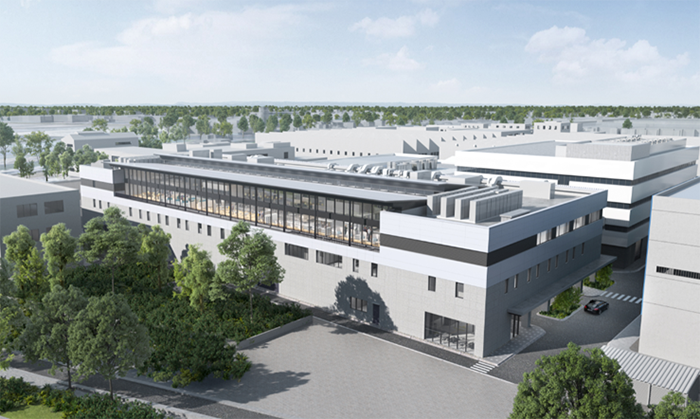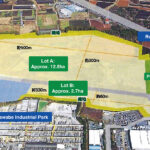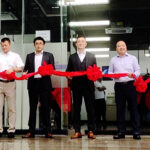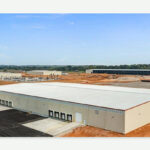ASIA ELECTRONICS INDUSTRYYOUR WINDOW TO SMART MANUFACTURING
Toray to Set up a New Research Facility for Green Transformation, Mobility
In a recent announcement, Toray Industries, Inc. said it will set up a new research facility at its Nagoya Plant in Aichi Prefecture. Mainly, the new facility aims to accelerate R&D for green transformation and advanced mobility.
The facility will leverage the concept of fusing green and nano-based technologies to develop materials. It will integrate diverse elemental technologies from within and outside the Toray Group. Also, it will incorporate chemical engineering perspectives from the research stage. Additionally, it will reinforce the company’s ability to propose digital solutions in creating a framework to bring together material development, process design, and customer proposals in a drive to cut greenhouse gas emissions across the economy.

Provide Advanced Materials Solutions
The Group has always endeavored to provide innovative technological and advanced materials solutions to global challenges in balancing development and sustainability. Its high-performance resins, carbon fiber composite materials, and other innovative offerings have helped cut greenhouse gas emissions amid the mounting environmental challenges. The company recognizes the need to focus on eco-friendly materials while pursuing functionality for the economy to become sustainable.
It is also vital to respond rapidly to the numerous technological mobility advances in recent years. Among them include electrification and weight savings to cut greenhouse gas emissions. Other noteworthy contributors are automated driving, urban air mobility, and drone technologies.
The new research facility will be a hub for customer and academia collaboration and global R&D. Eventually, it will accelerate Toray’s green transformation and explore advanced materials for a myriad of advanced mobility applications.
Bring Together Experts to Advance Nanotechnology
This facility will bolster materials development that helps achieve economic sustainability. It will do so by bringing together polymer, chemicals, and carbon fiber composite materials researchers, as well as digital transformation professionals and developers with chemical engineering expertise to drive nanotechnology advances. Such progress would incorporate materials informatics and computational chemistry in such areas as polymer design, nanostructure control, and composite material design. Moreover, the facility would integrate nanotechnology with recycling, biorefining, and other green technology and reduce environmental impact from process perspectives.
Also, it will be adjacent to the Environment and Mobility Development Center and the Advanced Composites Center, both of which engage in mobility-related development and evaluations. The goal is to generate synergies by integrating R&D and digital solutions proposals. Toray will reinforce open innovation internally and externally. It will create an open laboratory for co-creation with customers and academia while deploying a framework to deepen communication among researchers and encourage ideas to emerge.
Since its foundation, Toray has pursued R&D into advanced materials by bolstering basic research and elemental technologies while integrating technologies. The company pushed its boundaries in the conviction that R&D paves the way for its future. Toray will keep helping to materialize a sustainable economy. It will innovate advanced materials from long-term perspectives in line with its corporate philosophy of contributing to social progress by delivering new value.
Overview of the Research Facility
The new research facility will have three floors with a total floor area of around 8,600sq.m. It will be located at the Nagoya Plant in Aichi Prefecture, with scheduled completion in 1Q of FY2026.
It will feature technological fusion and open innovation facilities with a chemical laboratory for wide-ranging basic and applied research, prototyping, and processing area to demonstrate technologies and an open laboratory.
The new R7D facility will promote close communication between researchers to foster innovative ideas. It will house 140 people in the office and experimental area on one floor, and maintain an open meeting space. Moreover, it will promote energy savings with energy-efficient facilities.




